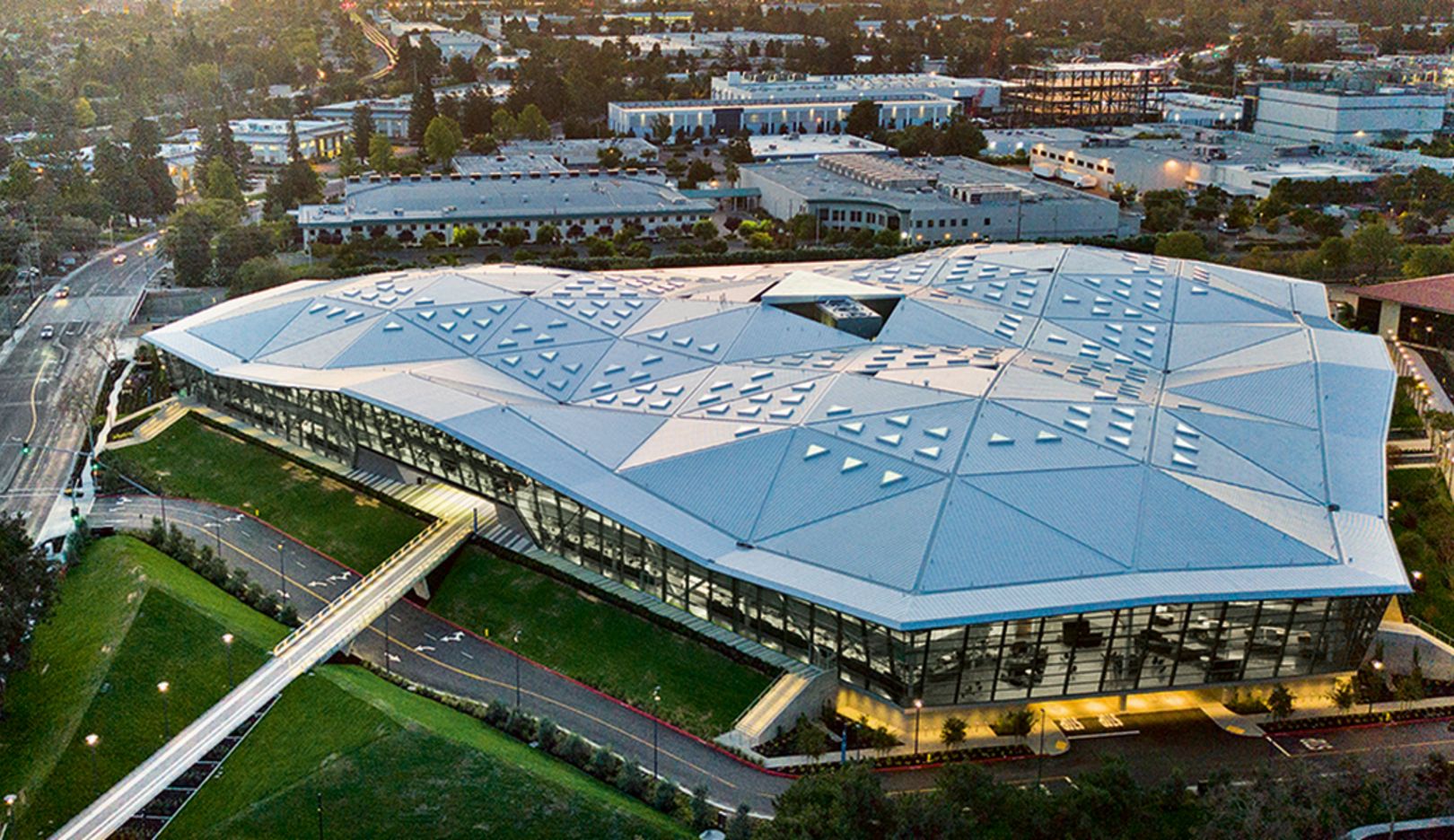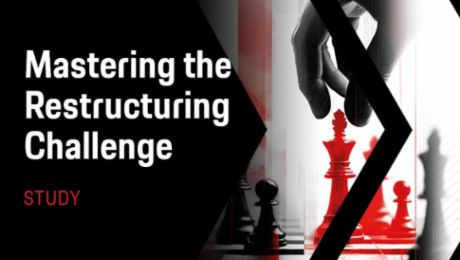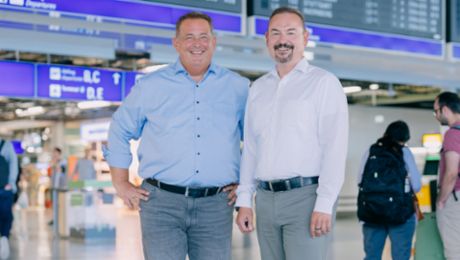Nvidia’s new headquarters in Santa Clara, California, is triangular—inside and out. Walk into the vast building and the eye is met with sharp floor-to-ceiling angles separating wide open spaces, floodlit with natural light streaming through triangular skylights.
The building is called “Endeavor”—a fitting name for a company that has been at the leading edge of graphic technology for over twenty-five years. Nvidia’s graphic processing unit (GPU) was the brain power that sparked the growth of the PC gaming market and has redefined computer graphics ever since. The triangles pay homage to those roots: early 3-D graphics are comprised of triangles.
“At Nvidia, we’re always pushing boundaries, always looking to solve the hardest problems,” says Danny Shapiro, Senior Director of Automotive. From special effects and computer-aided design to virtual reality, there is hardly an industry that has not been revolutionized by the company’s technology. The latest is transportation.
Hundreds of trillions of operations per second
It is a relationship that began two decades ago when Nvidia’s computer-aided design tools were first used by carmakers to create new design concepts faster. Then with the rapid advances in consumer electronics over the last ten years, car makers started asking Nvidia to help modernize the cockpit. Its GPU technology was used to bring sophisticated graphic user interfaces and touchscreens to in-car infotainment.
Today, Nvidia is moving even further into the inner workings of the car, using its leading know-how in accelerated computing and artificial intelligence to develop the brains for autonomous vehicles. It is a job that Nvidia’s technology is perfectly suited to. An AV’s cameras, radars, and sensors generate massive amounts of data that need to be processed in real time. This requires hundreds of trillions of operations per second—around a terabyte of information every couple of hours.
“We’re working toward replacing the driver with an AI brain; we have to train that brain to take in sensor data, understand it, and make decisions faster and more accurately than any human,” says Shapiro. “It is perhaps one of the world’s most complex computing challenges. With Nvidia Drive we’re able to analyze all that information. Our massively powerful processors perform this task better than anything else.”
“Safety is our highest priority” Danny Shapiro
There are already self-driving cars on the road today, but they are not fully autonomous, as a human safety driver is still required. Before the human driver can be removed, autonomous vehicles must prove they are much safer than human-driven vehicles. “There’s a lot we still have to do to get to that point. For example, we have to train the software so that it can detect not only a pedestrian about to cross the road, but also whether this pedestrian is, perhaps, distracted and hasn’t seen the car,” says Shapiro. “Safety is our highest priority. Everything we’re focused on revolves around it.”
Training and testing the AI software takes time, which is why Nvidia has developed a cloud-based simulation platform, Drive Constellation, to help speed up the process. It enables millions of miles to be driven in virtual environments, over and over, in diverse scenarios. It is an efficient way to test and validate the brains that will one day take over, before testing takes place on real roads.
“We believe that the next generation of transportation is autonomous,” says Shapiro. “The advantages are enormous. Autonomous vehicles will make our roads much safer and reduce congestion. And it won’t only be cars: there will be autonomous trucks, shuttles, and buses as well as agricultural and construction vehicles.” Nvidia is working with virtually every car and truck manufacturer and with all the sensor and mapping companies to get us to that autonomous future.
Today, Nvidia is an established technology giant, but it is still as nimble as a startup. “Here in Silicon Valley we’re constantly trying to do things that have never been done before,” says Shapiro. “Our ability to anticipate change and reinvent ourselves quickly has been the foundation of our success.”
Info
Photo: Porsche Consulting GmbH




